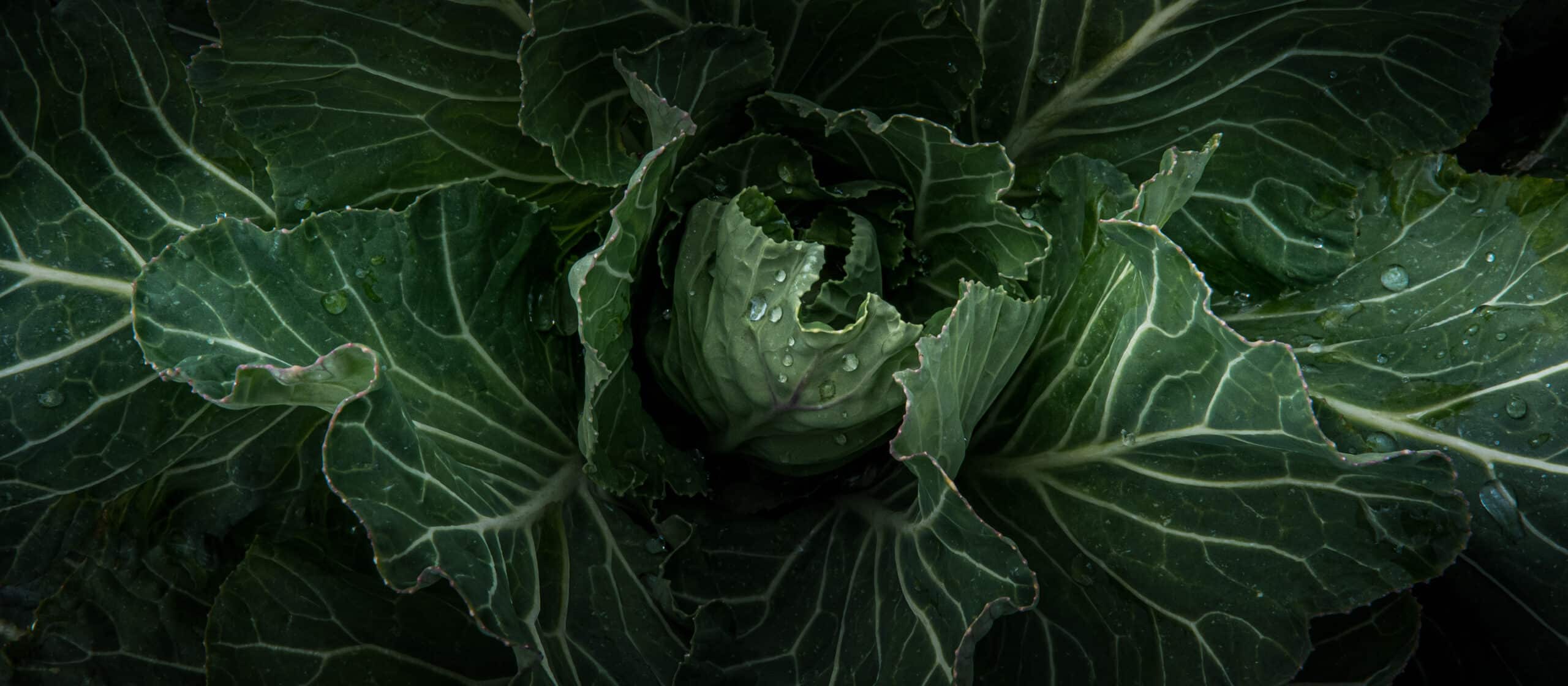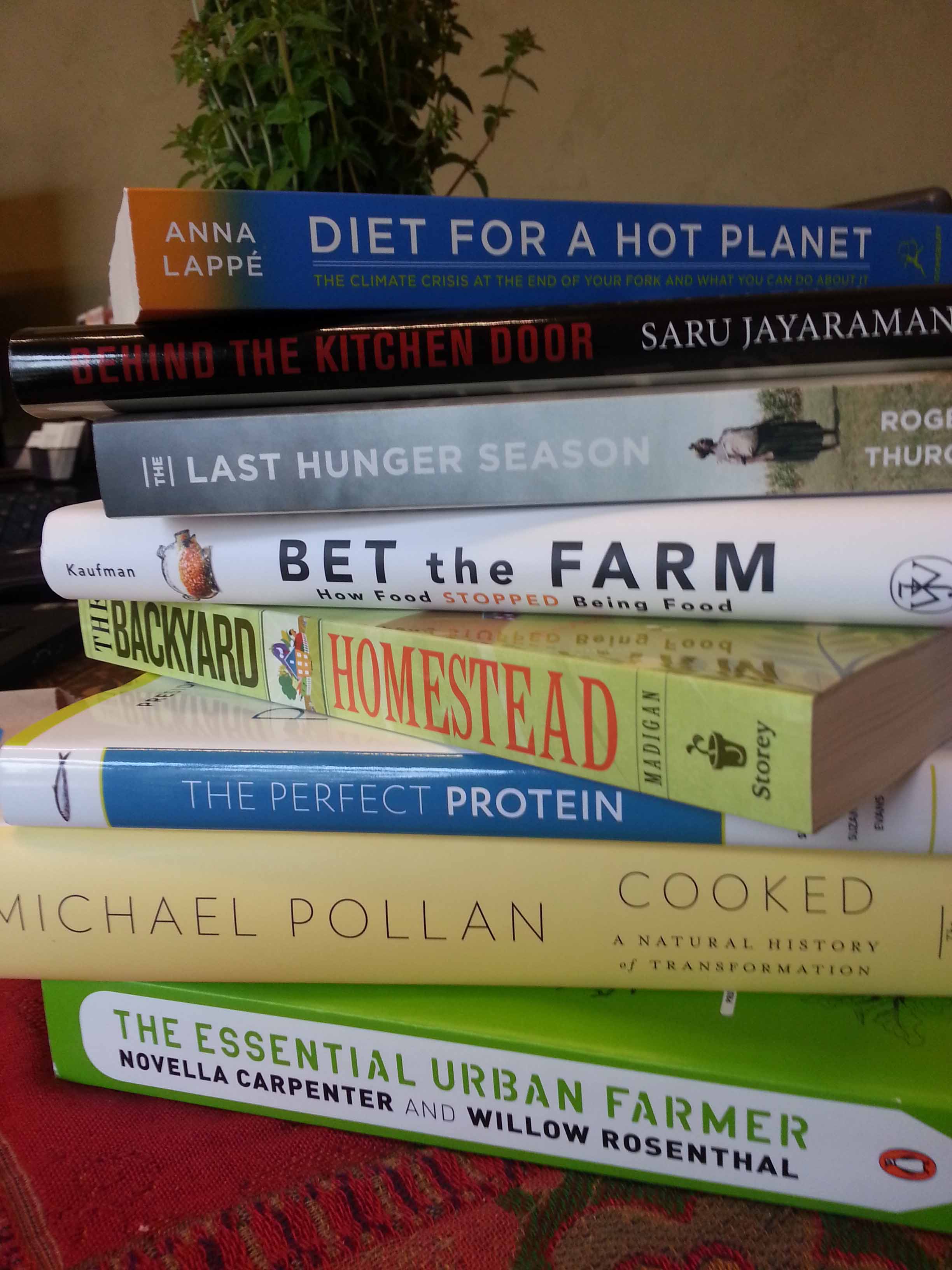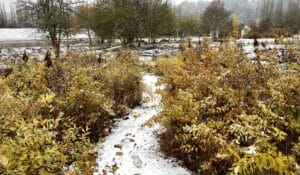
Diet for a Hot Planet — Extremely Relevant for Washington State Voters
Diet for a Hot Planet — Extremely Relevant for Washington State Voters
- posted on: November 4, 2013
- posted by: 21 Acres
"*" indicates required fields

The topic of food has been in the news lately, especially regarding the transparency of food production methods. Initiative 522, which concerns the labeling of genetically modified food, has brought increasing awareness to Washington State consumers that there are differing opinions on agriculture production methods including about the severity of the impact of those practices on the health of humans and the environment.
The origin of our food and its journey to our plate is explored in author Anna Lappé’s book: Diet for a Hot Planet: The Climate Crisis At The End of Your Fork And What You Can Do About It. I read this book this summer as part of our 21 Acres reading project and encourage you to do so too. Lappé focuses her attention on our industrial food system’s contribution to global warming by the very processes that grow, harvest and transport our food to the market.
This book is conveniently divided into four sections: Crisis, Spin, Hope and Action. A visit to a sustainable farm is featured where eco-friendly options, such as beneficial insects for pest control and grazing animals for soil amendments, are noted. As a contrast, Lappé introduces the reader to the commercial industrial food system’s methods (increased chemical usage each year and manure disposal problems to name a few) in which most of our food in the U.S is produced.
Her book is full of information, such as “though livestock production only accounts for nine percent of global carbon dioxide emissions, it is responsible for 37 percent of global methane emissions and 65 percent of global nitrous oxide emissions.” (Yes, we are still in the crisis chapter of the book!)
This book is an interesting and easy read in that Lappé does not assume that we have prior knowledge of commercial farming and livestock, so she takes us back to the early 20th century to explain how we have moved away from natural systems to high chemical usage and the commercial feed lots of today’s food systems.
The chapter Spin focuses on industrial companies that market themselves to care about the environment while practicing ecologically destructive practices in producing their product.
Lappé is encouraging in her chapters Hope and Action. She addresses the common fear: I am only one person, how can I make a change to a problem this big? Readers are offered solutions such as voting with our pocketbook by avoiding companies that are not practicing sustainable methods (many offenders are mentioned in the book), buying organic and reducing food waste.
She reminds us to “not feel paralyzed by the scale of this unprecedented global challenge, by turning our sights to food, we may just find the integrating lens.”
The challenge of our food system and its effect on climate change is addressed in a program offered at 7 p.m. on November 12 at 21 Acres, Imaginary Food Systems – Bees, Flight and Agriculture. The focus of this class is on sustainably transporting food in an innovative fashion. The discussion will feature slow food advocate and publisher Phillip Lee, educator Dexter Chapin and architect Catherine Calvert. Tickets are $10.










 back to blog overview
back to blog overview









